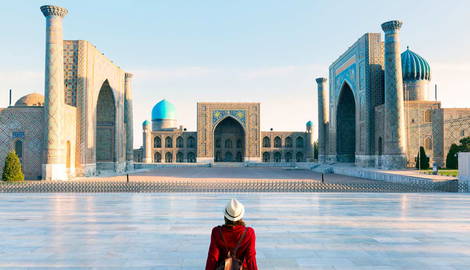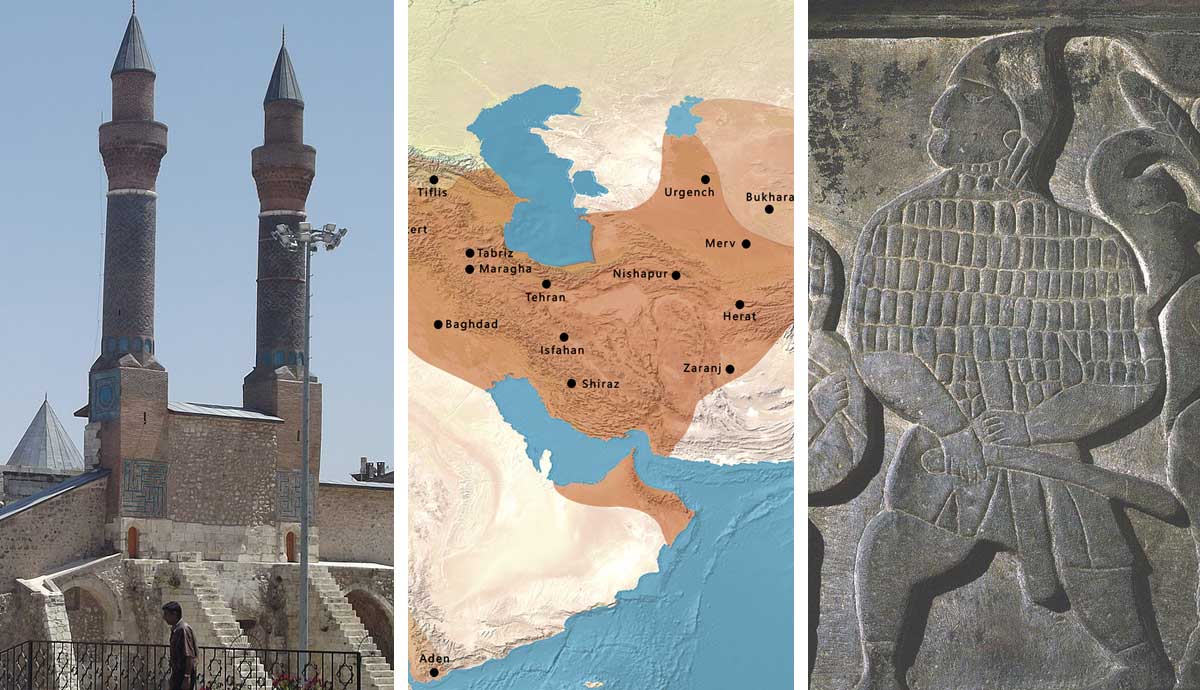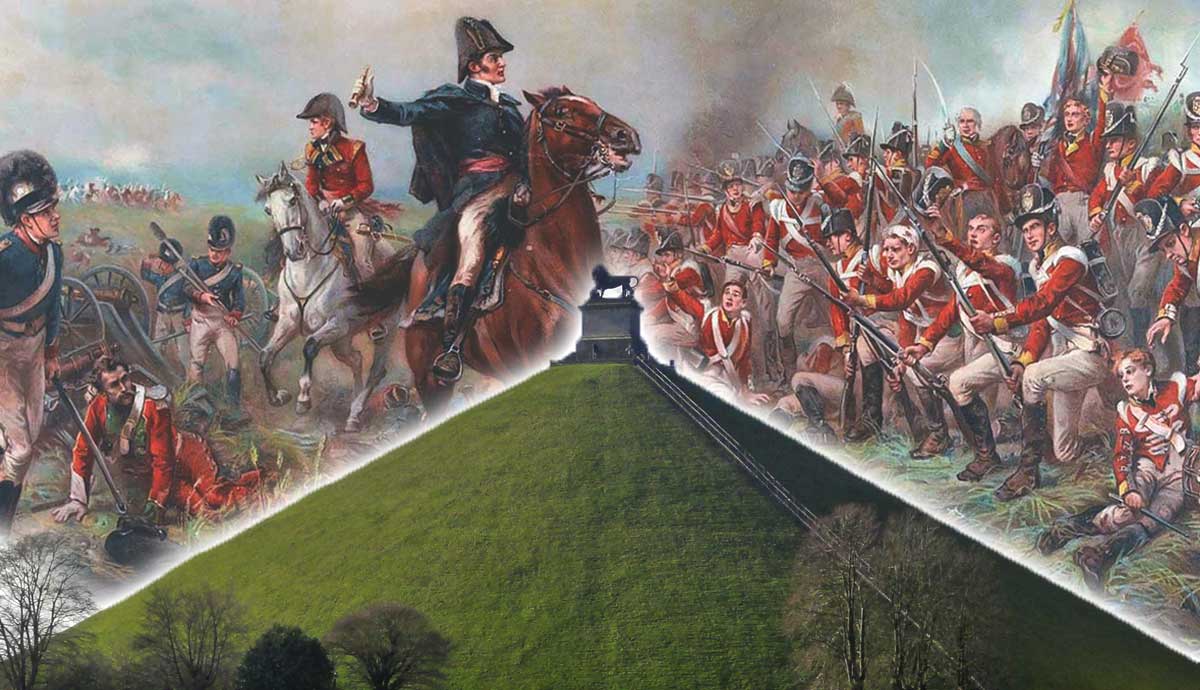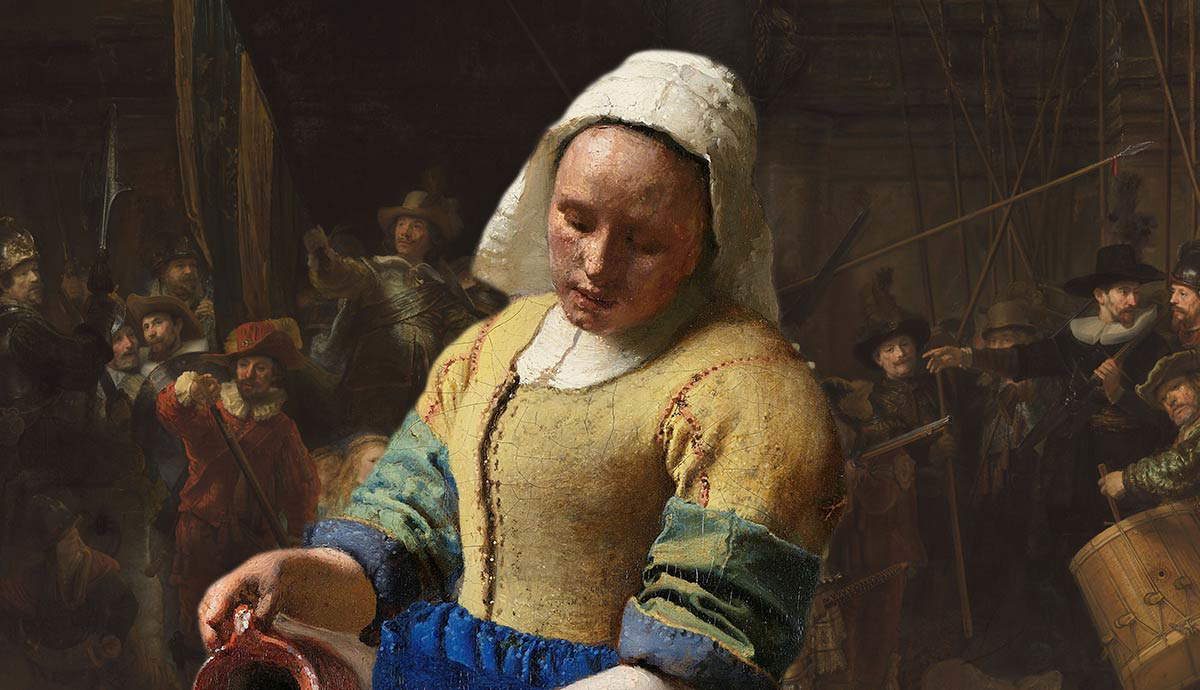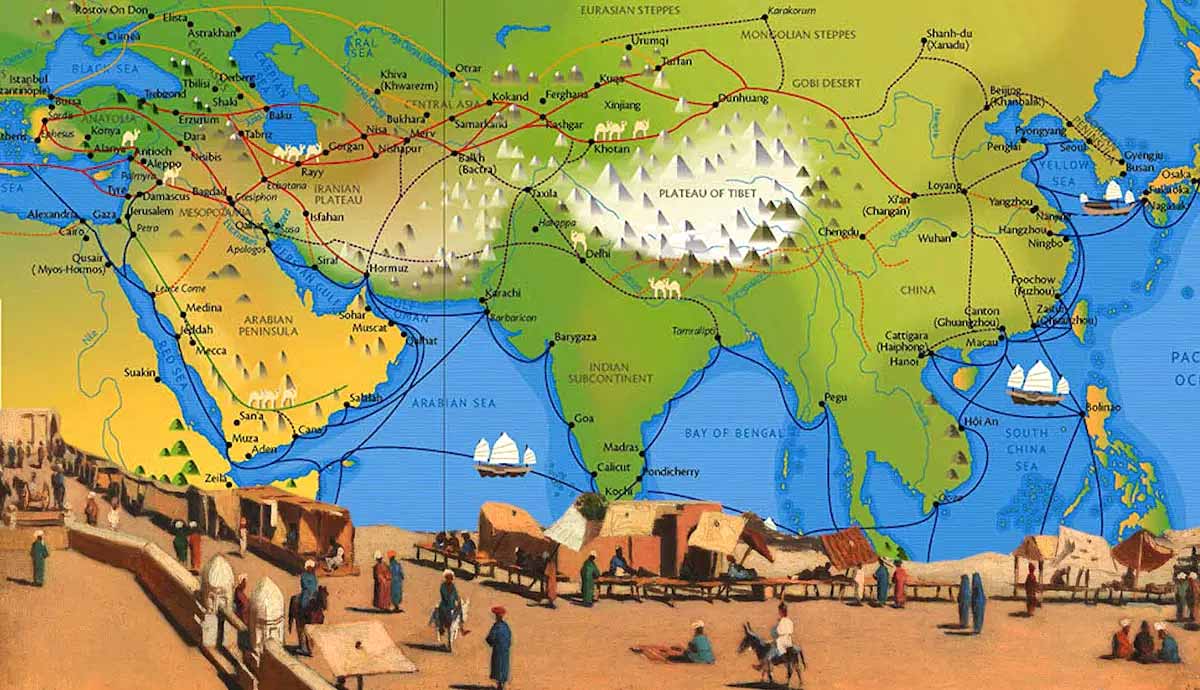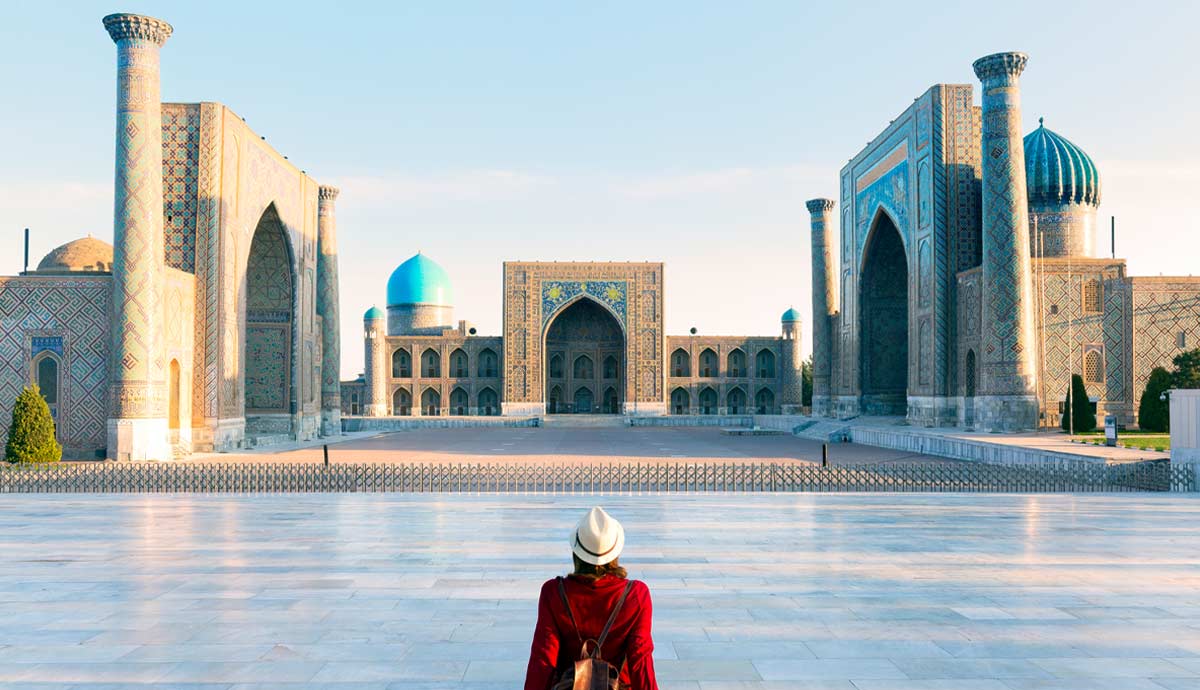
The Silk Road was one of the most extensive and influential trade networks ever created. It fostered the exchange of goods and ideas between cultures on an unprecedented scale for over a thousand years and, pivotally, created a large-scale, sustainable connection between China and the Mediterranean. At its heart were two extraordinary cities—Samarkand and Bukhara, in present-day Uzbekistan. These two cities are Central Asia’s historical powerhouses, with countless tales etched into their mosaic-tiled minarets, bustling bazaars, and the weathered stones of their ancient caravanserais.
Tracing the Birth of the Ancient Silk Road
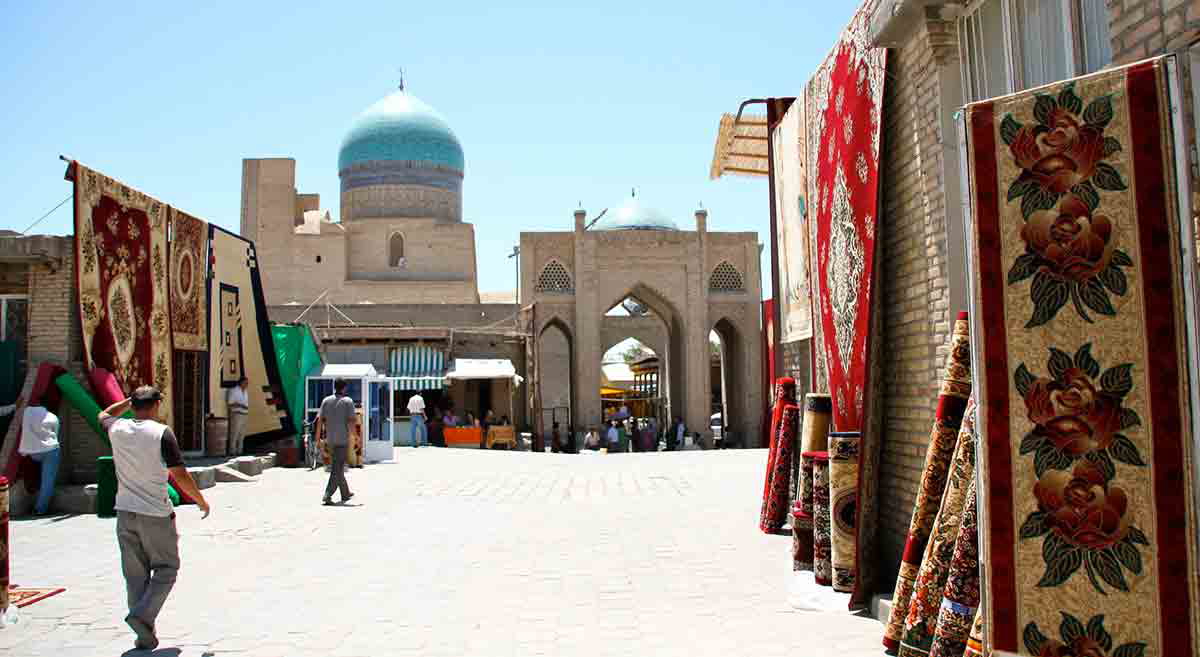
The Silk Road was founded during the Han Dynasty (c. 130 BCE) as a complex web of trading routes that linked China and Central Asia to the Middle East and Europe. Over centuries, it became the backbone of cultural and commercial exchange in the entire region, flourishing under the Tang Dynasty (618-907 CE) and reaching its zenith under Mongol empires in the 13th and 14th centuries. An endless stream of caravans plied the route, carrying silk, spices, precious metals, and scholarly and religious ideas, enticing the creation and evolution of countless cities along the way. The intoxicating mix of influences, from Persian and Chinese to Indian and Arab, shaped every aspect of these cities, from their art to their architecture, learning, and religion.
Spices, Silk & Steppe Stories: What the Silk Road Really Left Behind

The Silk Road’s commercial prominence may not have lasted forever but its influence definitely did. Different sections played different roles. The northern part, which included Samarkand and Bukhara, was instrumental in spreading Buddhism to China, for example, as Indian monks and missionaries journeyed along the same path as merchants.
Then came the Mongols, who didn’t just conquer territory—they turned the Silk Road into a kind of imperial expressway. Trade helped them hold their vast empire together, and their rule, brutal as it sometimes was, also protected and reinvigorated the flow of goods and knowledge across continents. The Silk Road likewise helped strengthen the bonds between the previously isolated nomadic groups of the steppe and more established and settled civilizations. Cities like Dunhuang, Kashgar, and Samarkand thrived thanks to their strategic location and became melting pots where Persian, Turkic, and Chinese influences collided in extraordinary fashion.
Yet, the Silk Road’s influence didn’t stop at the trade of goods and military might—it completely reshaped kitchens. Spices like cardamom and saffron, sweets like halva, dried fruits, nuts, and even noodles crisscrossed the continent. Chinese noodles made their way west and turned into dishes like laghman, now a Central Asian comfort food classic. Just about every meal nowadays, from Turkey to China, still carries a little titillating echo of the Silk Road.
The Importance of Samarkand and Bukhara in Silk Road Trade

Samarkand and Bukhara were among the most influential hubs on the Silk Road for a few crucial reasons. Samarkand was a major crossroads at the meeting point of the northern and southern Silk Road routes. Because of that, it became an eclectic hub where different cultures mingled and influenced one another.
Even today, Samarkand is more vibrant and cosmopolitan than Bukhara. While it has numerous madrassas and mosques, the city’s identity is more closely associated with trade and economy than with religion.
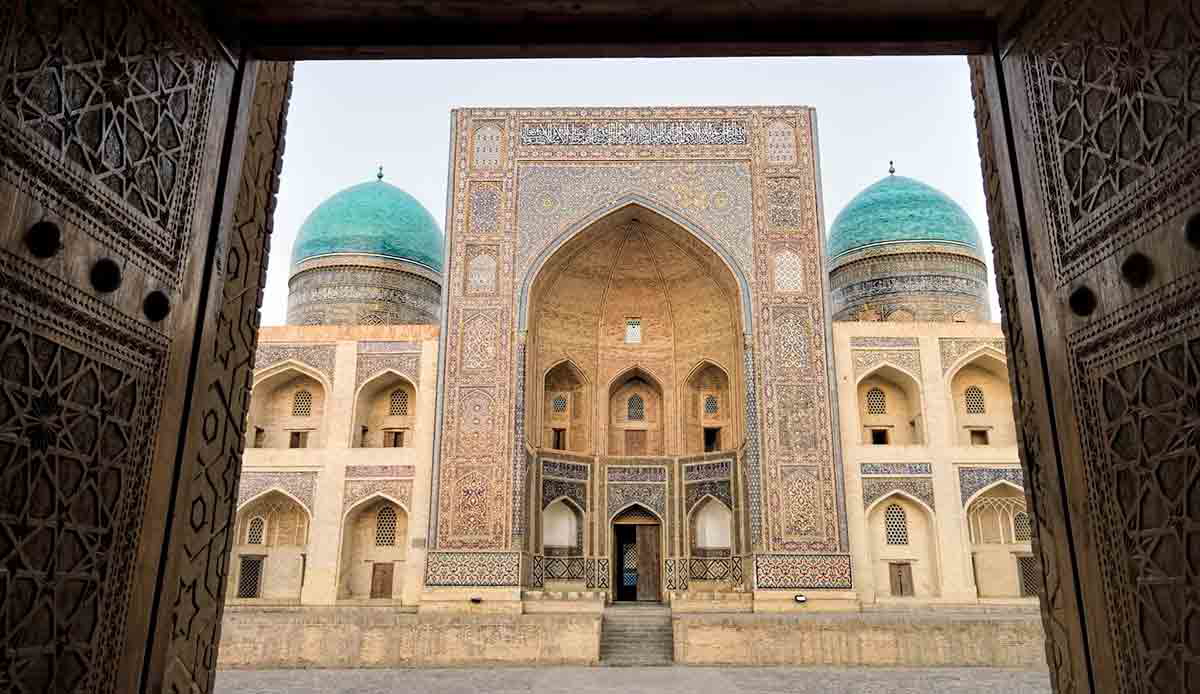
Bukhara developed a more spiritual identity as the birthplace of some of Islam‘s most revered scholars and muhaddiths. By the 10th century CE, it had cemented its role as a top center of Islamic learning, attracting even more scholars and poets from across the Muslim world.
The city was home to renowned figures like Imam Bukhari and Avicenna (Ibn Sina), one of history’s greatest polymaths, and housed some of the most respected madrassas of the medieval period. Due to this, Bukhara is more traditional and conservative than Samarkand, with its well-preserved old town full of historic madrassas. Having such a stunning (and original) walled old town also gives Bukhara a palpable sense of medieval charm. Stepping through the gates of Bukhara’s old town center feels more like taking a step back in time. It is an extraordinary city to explore.
Samarkand
The Registan
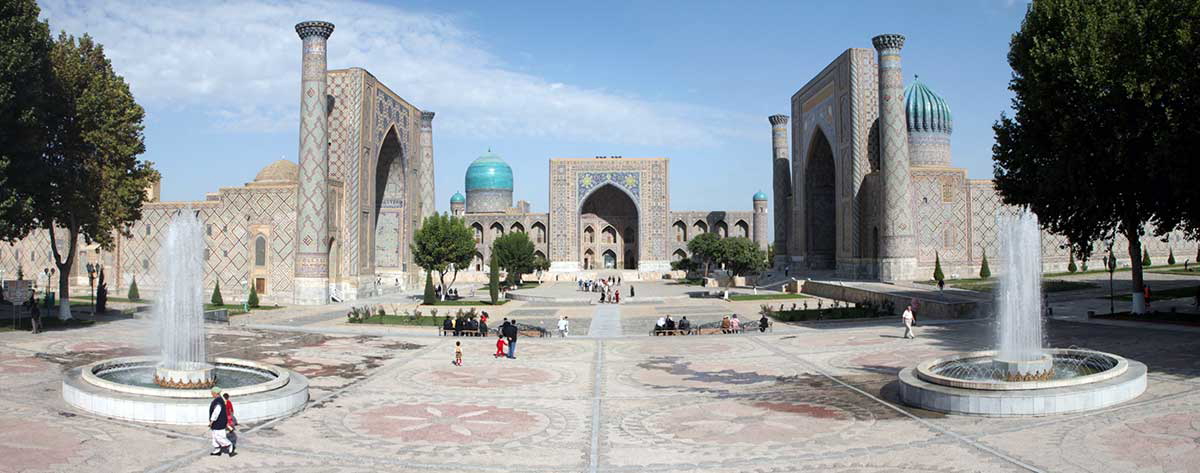
Few places capture the grandeur of Samarkand like Registan Square. Its trio of madrassas—Ulugh Beg Madrassa (1420 CE), Sher-Dor Madrassa (1636 CE), and Tilya-Kori Madrassa (1660 CE)—meant Samarkand became an esteemed center of Islamic learning but mostly only during specific historical periods, like the Timurid Era.
The Registan enjoyed considerable restoration work during the Soviet Era when many of Central Asia’s most iconic landmarks were rehabilitated. One of the most famous projects involved Registan’s Bibi-Khanym Mosque, where engineers actually rotated part of the minaret to prevent it from collapsing. While the Soviet Union was officially atheist and didn’t focus on religion, it recognized the cultural importance of these historic sites and protected them for posterity.
Shah-i-Zinda
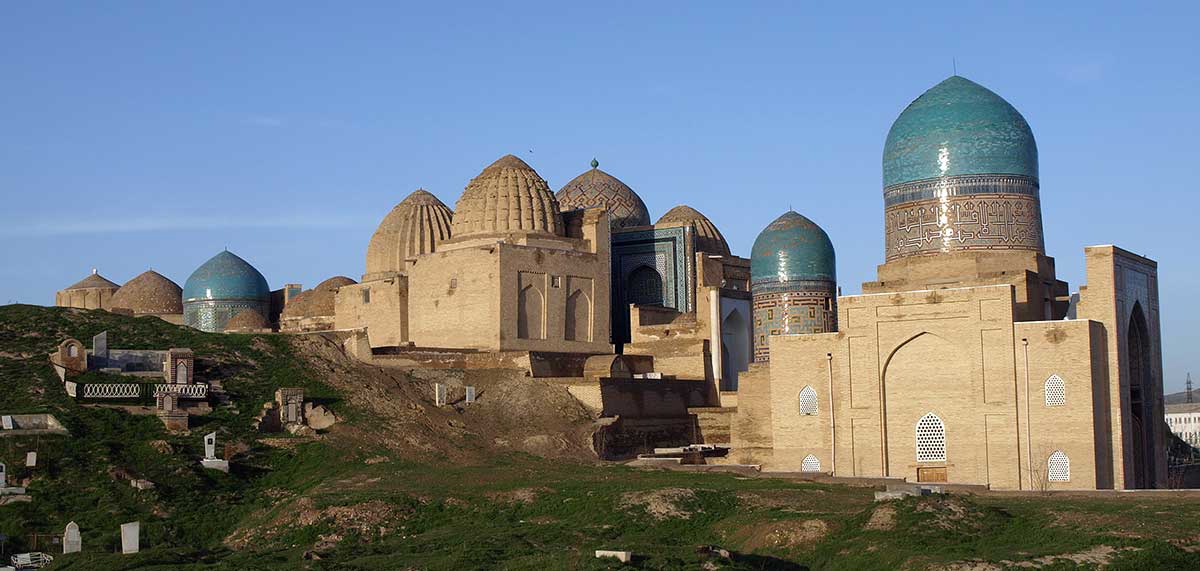
Another of Samarkand’s most visually spectacular landmarks is Shah-i-Zinda, often dubbed the “Necropolis of Kings and Saints.” A complex of mausoleums dating back to the 11th century, Shah-i-Zinda houses the graves of some of the most important figures in Islamic history. The name of the necropolis translates to “The Living King,” a nod to the belief that a cousin of the prophet Muhammad, Qusam ibn Abbas, is buried here.
The site is a labyrinth of intricately decorated tombs, with dazzling blue tiles and detailed mosaics, best admired if you visit in the middle of the day. Shah-i-Zinda remains a sacred site, so dress modestly when visiting.
Ulugh Beg Observatory
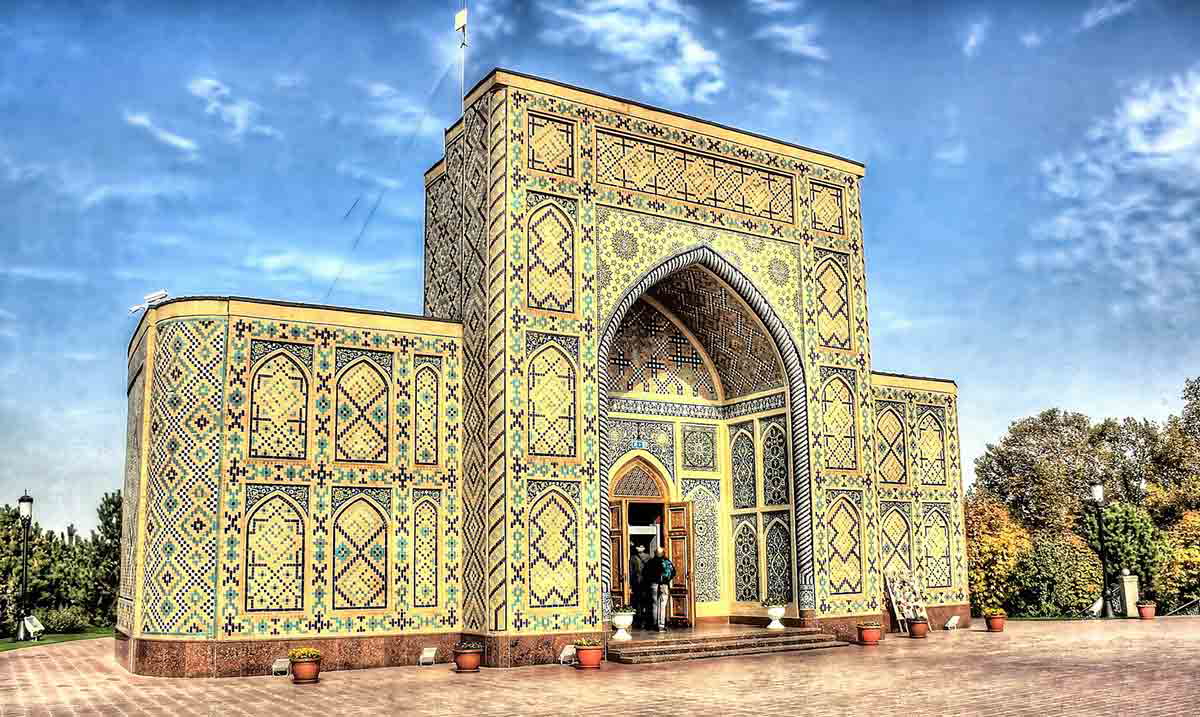
Built by Ulugh Beg, the 15th-century Timurid ruler and astronomer, the eponymous observatory was one of the most advanced of its time. Ulugh Beg’s team of astronomers, including famous scholars like Ali Qushji, conducted precise measurements of the stars and developed one of the most accurate star catalogs of the medieval world, which included the positions of over 1,000 stars. The team’s findings and observations led to a much more refined understanding of the movement of the planets and the cosmos, which influenced later astronomers, such as Copernicus and Tycho Brahe.
Combine a visit here with a stop by Shah-i-Zinda, and you’ll enjoy an exceptional excursion. Though much of the observatory was destroyed, the underground meridian arc remains, and a small in-house museum sheds insight into the mind-boggling precision of medieval astronomy.
Bukhara
Keep in mind that Bukhara has a hot desert climate and generally boasts higher temps than Samarkand, so summer sightseeing excursions are best planned in the early morning hours.
The Ark
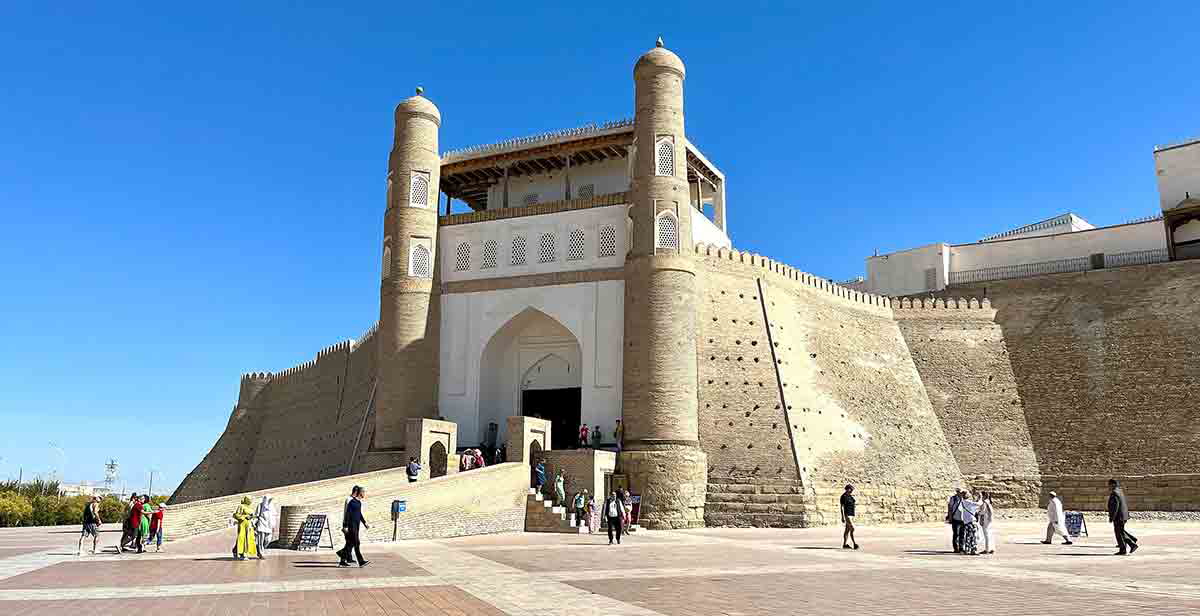
The Ark was Bukhara’s protective fortress for over a thousand years, serving as the seat of its rulers, a military stronghold, and an administrative center for several major dynasties. The earliest parts of the complex are believed to date back to the 5th century CE, although most of what you see today are sections built during the Timurid and Shaybanid dynasties, particularly from the 14th to the 16th centuries.
As Bukhara’s influence along the Silk Road expanded, so did the Ark’s size and significance. By the 1500s, the fortress had grown into a bona fide city filled with mosques, madrassas, palaces for the elite, and administrative buildings. There was no commercial trade done in the Ark (that was carried out in the trading domes) so think of it as the brain of the operation, while the commercial life pulsed in the streets and markets below.
Throughout its history, the Ark was attacked and occupied during various invasions, including by the Mongols in the 13th century and later by Russian forces during the 1920 Red Army bombardment that led to the fall of the Emirate of Bukhara.
Po-i-Kalyan
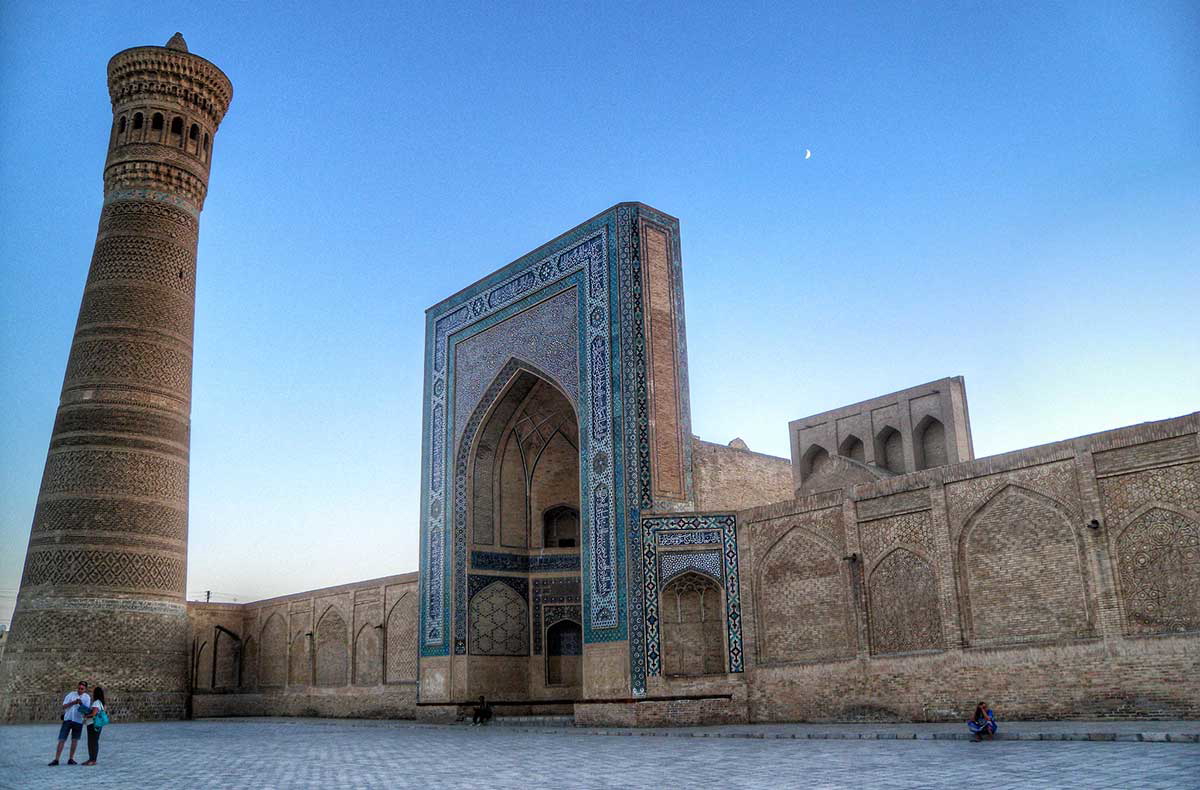
The Po-i-Kalyan Islamic complex was the religious heart of Bukhara in the 12th century, and home to a mosque, a madrassa, and the jaw-dropping Kalyan Minaret. Rising about 154 feet high, the spectacular minaret was famously spared by Genghis Khan when he destroyed most of the city in the early 13th century.
No one knows why Khan left it standing, but the most plausible theory is that he was struck by its height and elegant design. It is also possible he saw the usefulness of it as a military lookout or landmark. Whatever the reason, the minaret is one of few structures from pre-Mongol times still left standing in Bukhara.
You’ll need at least a couple of hours to do it justice, so time your visit between prayer times but stay for sunset to see the golden hues of the buildings at their most spectacular.
The Trading Domes
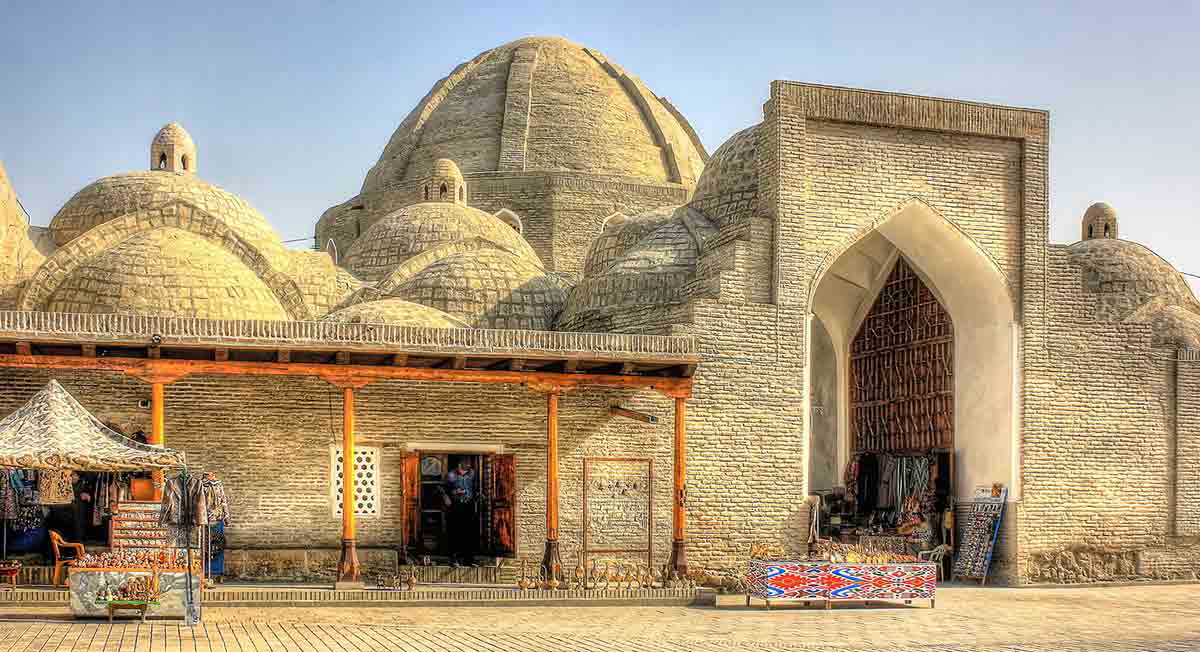
Wandering into Bukhara’s covered trading domes is a way of retracing the steps of the Silk Road’s creation. Built in the 16th century during the height of Bukhara’s commercial boom, these domes were cleverly designed to keep merchants cool in summer and sheltered in winter.
Back in the day, each dome hosted its own distinct trade guild, be it jewelers (Toki Zargaron), cap makers (Toki Telpak Furushon), or money changers (Toki Sarrafon). The domes still loosely reflect their original trade identities to some extent, but the strict divisions have faded over time. Today, you’ll find a mix of vendors in each dome, selling everything from jewelry and ceramics to embroidered textiles, hats, miniatures, and an abundance of souvenirs. While some domes do still lean toward their historic trade (Toki Zargaron, for instance, still has many jewelers), the lines have blurred as tourism has grown.
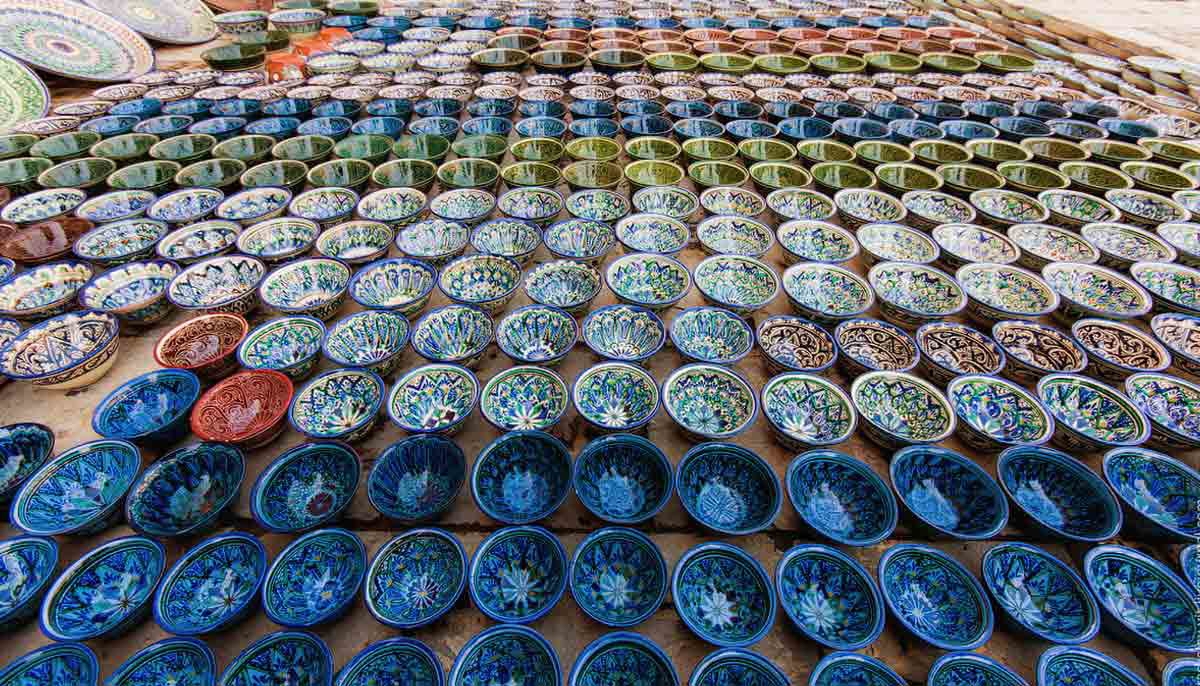
Modern additions include art galleries, tea houses, and cultural shops tucked into the old vaults. Though the goods have changed, the atmosphere remains evocative of Silk Road days, with craftsmen often still at work in their stalls and the domes themselves beautifully preserved.
Rather than feeling overly polished, the domes are refreshingly authentic and the architecture is just as fascinating as the goods. High brick arches filter the sunlight in soft, golden beams, and the domed ceilings naturally ventilate the spaces, a marvel of practical beauty. It might be tempting to rush through, but there is plenty about these historic domes that invite you to slow down a tad.
The domes are, after all, the most tangible representation of the reason the Silk Road was dreamed up in the first place.
Samarkand vs. Bukhara: Which One Should You Visit?

Samarkand and Bukhara sit less than 180 miles apart, but each offers a distinct experience. Samarkand impresses with its grand scale, vibrant energy, and layers of history that feel bold and far-reaching. It has the atmosphere of a city that has seen empires rise and fall.
Bukhara moves at a different rhythm. Its winding alleyways, aged stone walls, and calmer streets create a quieter, more reflective connection to the Silk Road. The pace is slower, and the sense of history feels more personal. Both cities bring something unique. If you have come this far, taking time to explore them both is more than worth it.
